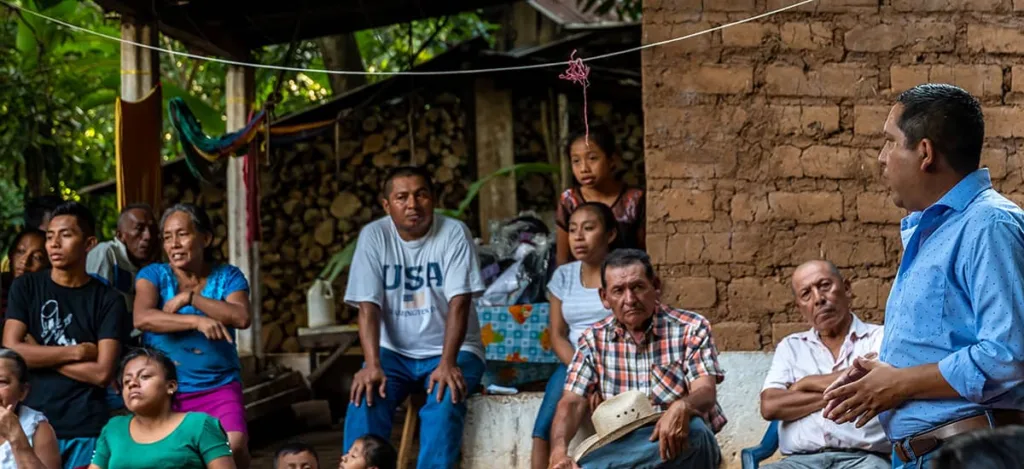Local leaders know a lot about the people in their communities, including their level of wealth and need. That can often allow them to distribute resources, like anti-poverty funds, more effectively than far away bureaucracies.
But where community members must decide on the basis of multiple, difficult-to-verify criteria, things get murky. How should loans, for example, be granted? To those with good credit history; those with the most productive projects, or those recovering from a bout of hardship? Asking local leaders to offer loans on the basis of potentially subjective criteria is not only complex. It can open up more of a role for local connections and favoritism to the detriment of community welfare.
In an IDB study published in the Journal of the European Economic Association, I sought to examine how efficient the locally-based allocation of subsidized credit was in Thailand’s Million Baht program, one of the world’s largest microfinance programs. The program, which began in 2001, provided one million baht (about US$24,000 at 2001 prices) to every Thai village for loans that would be managed and distributed by a village committee made up of elected community members.
Personal Connections Matter
Village committees could award loans to the neediest households, the most creditworthy, or those with the most productive enterprises. But they did none of these things. In practice, they disproportionately allocated them to households connected to the committees. Using detailed data from the Townsend Thai project, which surveys households in Thai villages on a monthly basis, I found that households with good credit history or productive businesses were not favored and that poorer households were less likely to receive loans.
It was the well-connected that had the advantage. Households with economic ties to the political elite (members of the village government) were 20 percentage points more likely to receive loans from the program, even after accounting for differences in productivity, debt default, history, and poverty. To confirm that this pattern was related to favoritism, I compared the loan terms (amount and interest rates) that the program awarded to well-connected households to the terms that the same households got from other lenders. Compared to what they faced with other lenders, the well-connected got larger and cheaper loans from the village program. Households without key connections, meanwhile, borrowed on similar terms with every lender.
The Role of Informal Markets
Informal markets did have a mitigating effect, if only a partial one. Cross-household lending rose as a result of the program, with well-connected households serving as lenders and, unconnected households also increased their borrowing, often from relatives, by 30%. Still these loans from informal village networks were obtained at an average annual interest rate of 14%, twice the rate offered by the program.
Favoritism in the end led to productive and social inefficiencies, in terms of both growth and fairness. A counterfactual analysis for the study reveals that eliminating the connection-based advantage would have increased local GDP by 2% and reduced inequality by 9%, revealing real costs to a system where personal ties hold sway.
Balancing Community-Based Targeting Against a More Centralized Approach
The question remains what can be done. Community-driven approaches in the best of circumstances can leverage local knowledge to target those most in need. But allowing community leaders to make decisions about who benefits from social programs can also introduce biases and favoritism, as they skew selections to those who benefit them and their networks. And that is particularly true, as when awarding loans, they must balance multiple criteria.
More centralized and simple targeting rules, like relying on proxy-means tests or credit scores, could eliminate special treatment for the well-connected. But they are not a panacea. They be could be too rigid, causing needy and deserving people to be left out. And because households with better credit history also tend to be wealthier, they might also increase inequality, as the study found. In this trade-off, it is not at all clear that abandoning the community-based approach for screening borrowers is the right way to go. But it could be substantially improved. Better program design that allowed non-elite households to directly participate in the monitoring process or verify that they are getting their fair share of government support could, for example, make a big difference. And because participation in community-based organizations tends to be greater among more privileged households, policy efforts to integrate poorer households into such organizations could also help ensure fairer and inclusive implementation of social programs without sacrificing financial responsibility.

